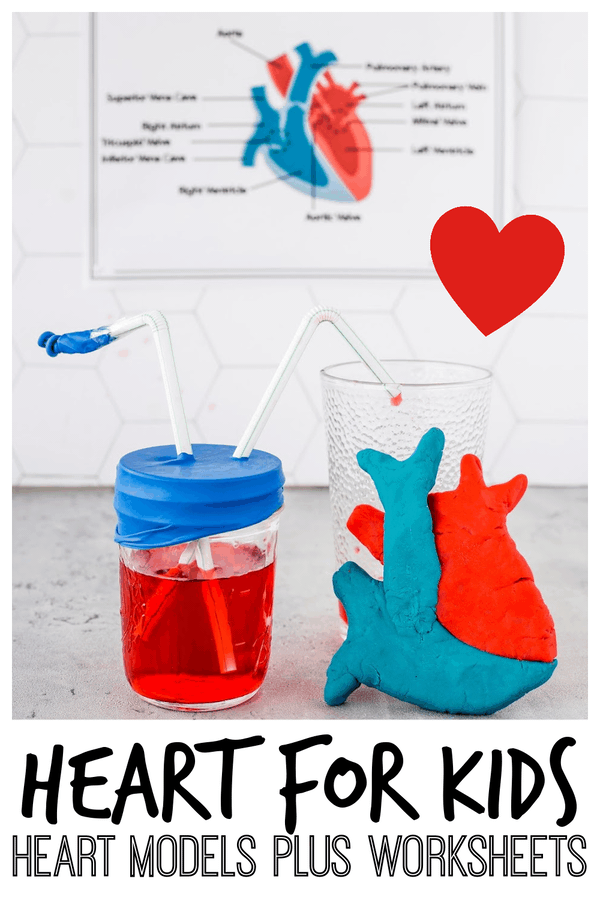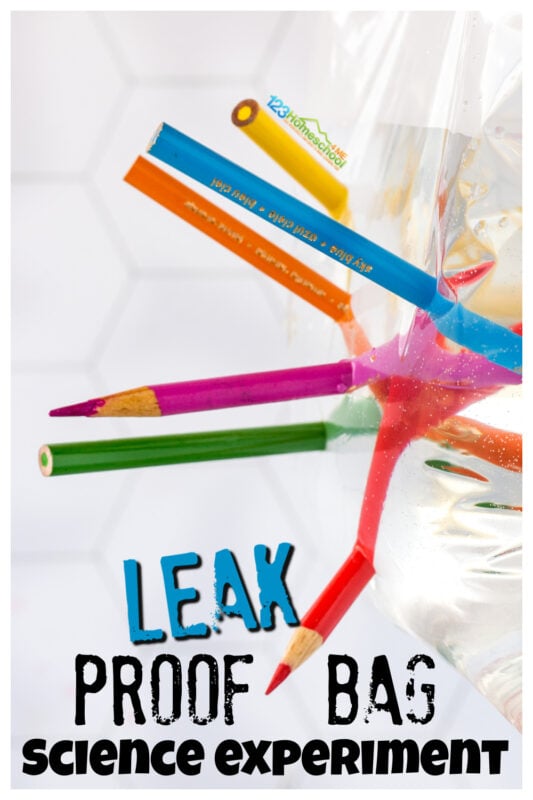ThepH scaleis a way of measuring and precisely specifying howacidic or basica solution is.
Liquids, such as distilled water, with a pH of 7 are consideredneutral.
They are neither acidic nor basic, because they contain an equal concentration of hydrogen ions and hydroxide ions.

These substances aredangerousand can cause corrosion and burns.
So how do scientists know if a substance is anacidor abase?
The most widely known indicator islitmus paperwhich turns red in acidic solutions and blue in basic solutions.

However, it is easy tomake your own.
One commonly used natural indicator isred cabbage juice.
Another isturmeric, a spice found in the Indian food, curry.

so that put together this experiment quickly and easily, Ive used an indicator of turmeric and rubbing alcohol.
This solution changes color from yellow-ish orange to dark red when in contact with bases.
You will also need substances to test.

We used:
However, the possibilities are endless.
Here are some other suggestions:
First, you should probably make your indicator solution.
Mix 1 cup of rubbing alcohol with 1 teaspoon of turmeric.

(you’re free to half or double the ingredients if you want more or less indicator.)
Next, label your glass or plastic containers with each of the solutions you want to test.
Divide your indicator solution between your test cups.

Since we had 8 glasses, we put approximately 1 ounce of solution in each of our cups.
(The exact amount is not important.)
Finally, allow your child to pour a small amount of each test substance in the corresponding labeled container.

If the solution does nothing, they will know it is either an acid or is neutral.
Like magic, they will change back to their original color!
Once youre all done, some kids will have an irresistible desire to mix all their potions together.

I say let them!
What better way to nurture budding scientific curiosity?
With my kids, pouring is often messy.

Learning to use a pipette is a great fine motor control activity as well.)
Have fun encouraging your young chemist!
Fun Science Experiments for Kids
Looking for moreoutdoor activities for kidsandthings to do in the summer?












